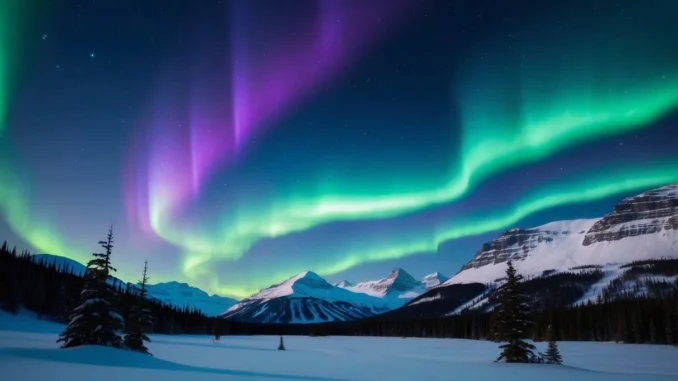
Are The Northern Lights Dangerous? Experts Reveal The Dark Side Of Auroras
Are the Northern Lights dangerous? Powerful geomagnetic storms in May and October brought intense displays of aurora borealis across the U.S. as far south as Arizona and Florida. May’s was the strongest for possibly hundreds of years. What’s going on?
There’s a lot of fear-mongering online about the sun’s activity as it reaches its (perfectly natural) solar maximum — a once-in-11-years event — but rest assured that observing the Northern Lights is perfectly safe for observers. They occur hundreds of miles up in the atmosphere and pose no threat to people below.
However, the electrically charged particles produced during geomagnetic storms can harm infrastructure — and experts are becoming increasingly concerned.
Northern Lights Alert: Solar Flares And Coronal Mass Ejections

Space weather is split into two major events on the surface of the sun that can have consequences for Earth — solar flares and coronal mass ejections. Both are on the uptick this year because the sun is now in its solar maximum period.
Solar flares are powerful bursts of radiation that typically erupt from sunspots on the surface of the sun and travel at the speed of light. If directed at Earth, they arrive in just over eight minutes and trigger a geomagnetic storm. Minor events regularly cause radio outages for mariners and short-wave radio users, which can cause radio blackouts. “A solar flare’s big impact is typically on GPS systems on the order of about a minute, which is generally not a huge issue,” said Andy Gerrard at the New Jersey Institute of Technology’s Center for Solar-Terrestrial Research, in an interview. “Pilots have backup means to land, take off, and operate the plane.”

Coronal mass ejections are vast clouds of magnetic fields and plasma hurled into space at up to 1,900 miles (3,000 kilometers) per second. They typically follow in the wake of a significant solar flare. A CME can cause a geomagnetic storm if it’s directed toward Earth. It can change the shape of Earth’s magnetic field to create spectacular aurora displays. “A coronal mass ejection takes two or three days, so we’ve got time to prepare, but it can easily miss Earth,” said Gerrard.

Leave a Reply